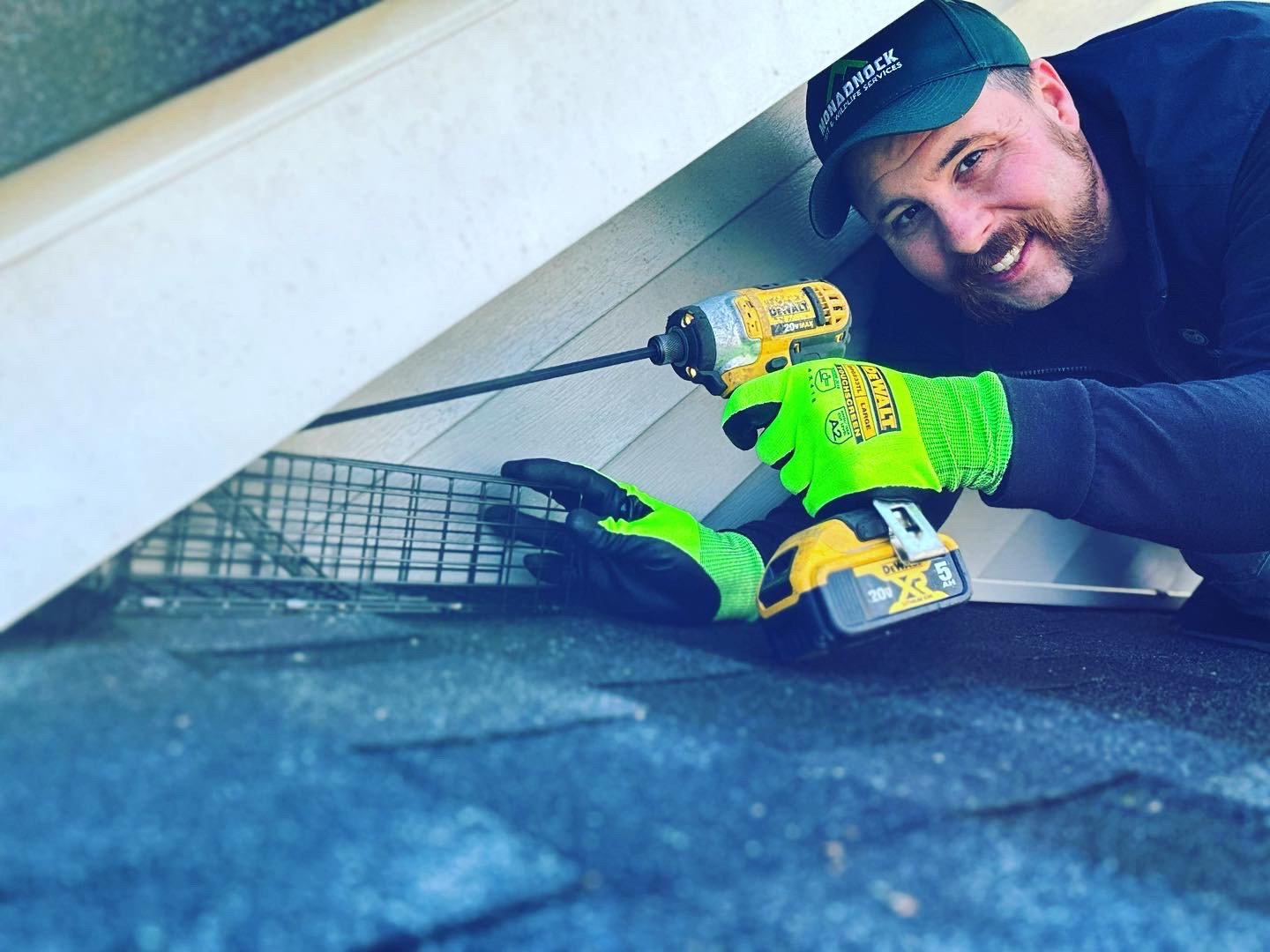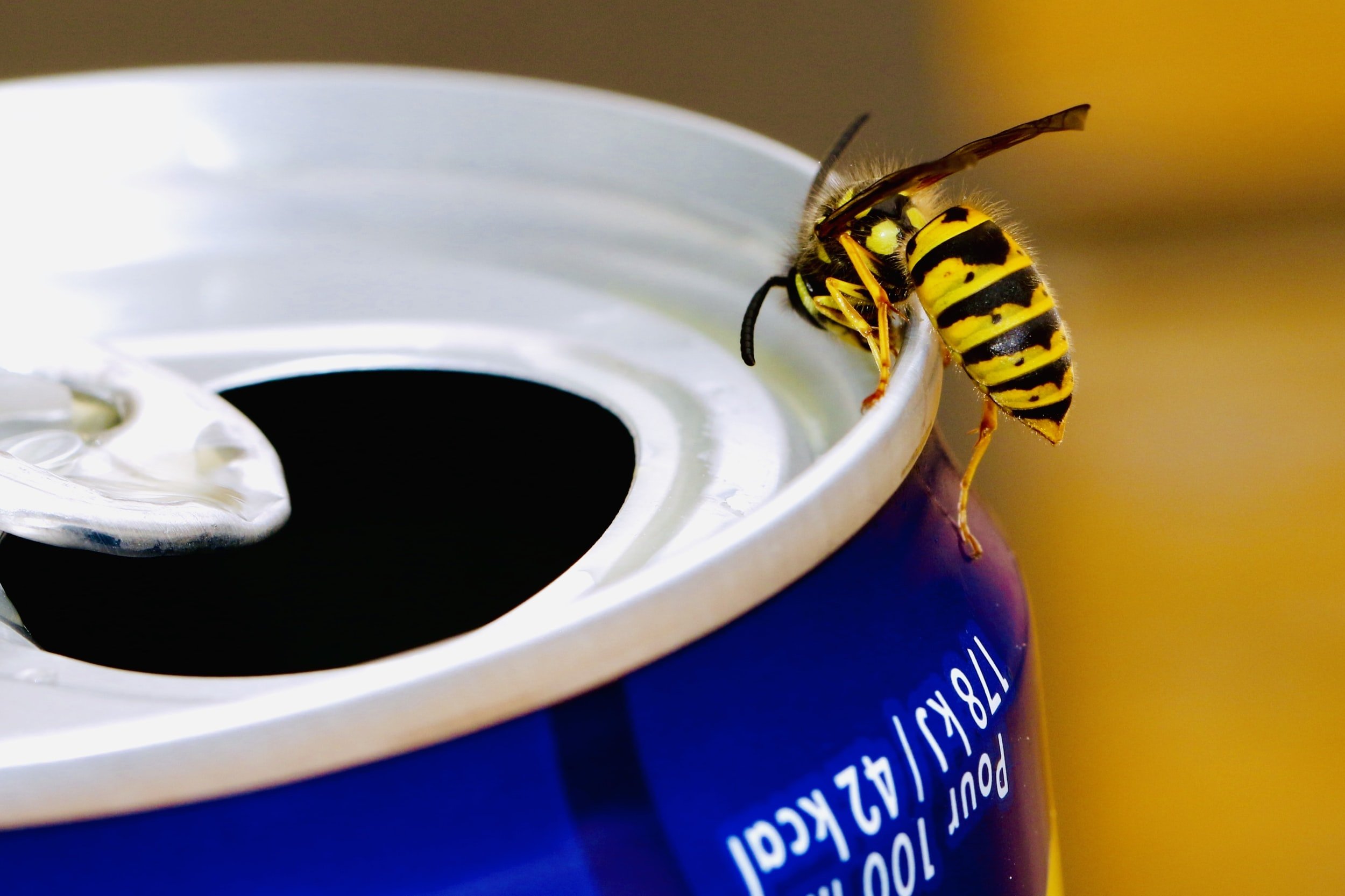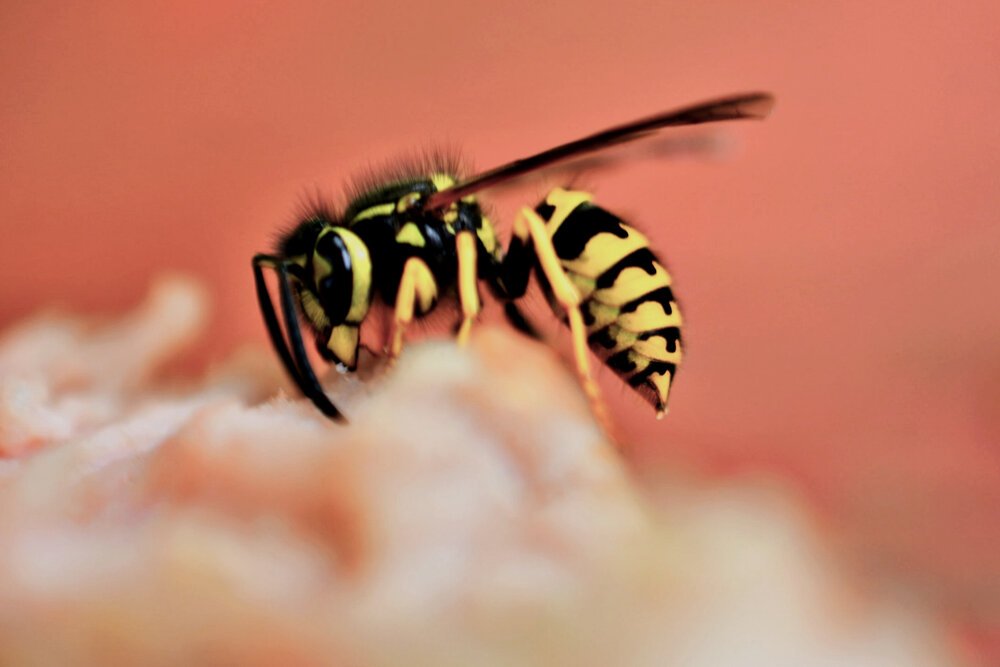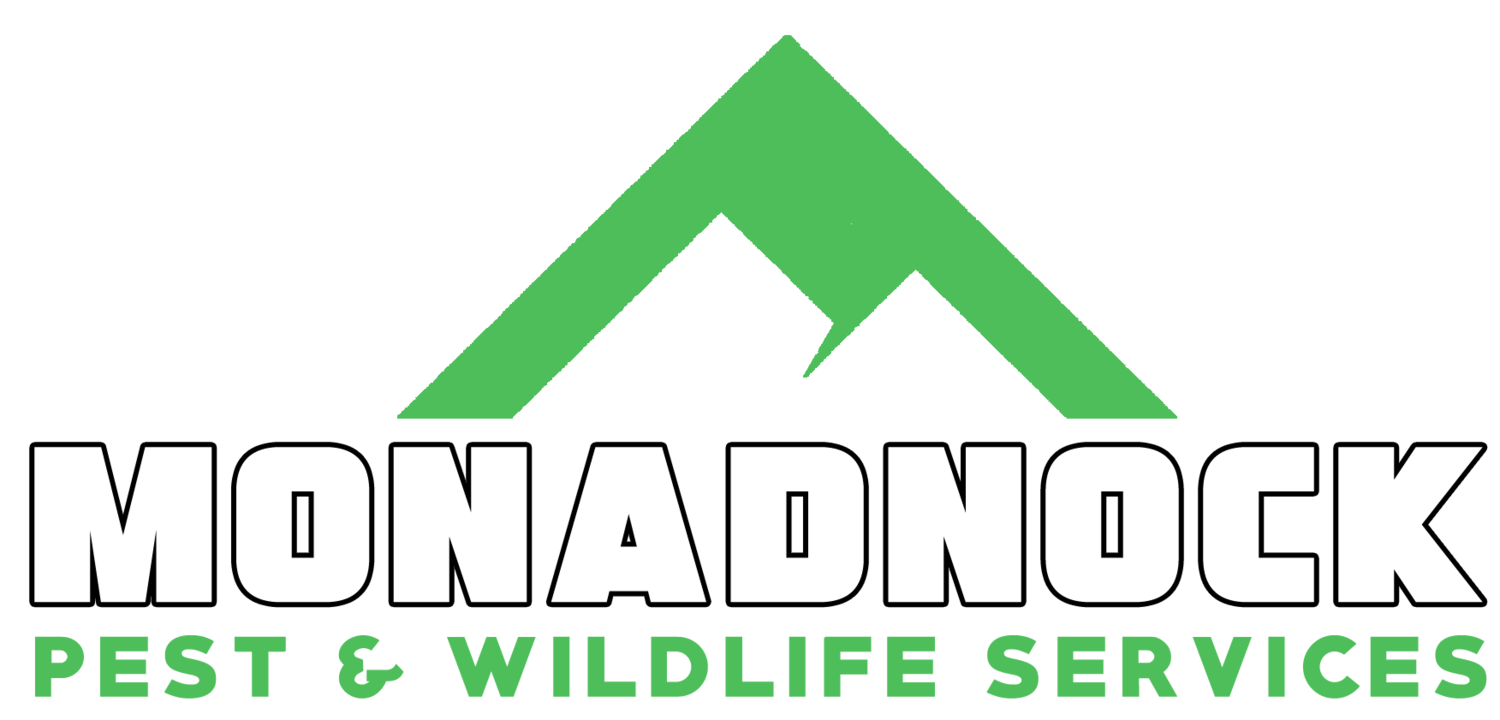The Pest Blog

Damage from Above: Don’t let pests go “over your head”.
Whether its soiled insulation posing health risks and impacting coveted R-value for home heat efficiency, hazardous electrical wiring gnawed by persistent rodents, or structural damage caused by wood-destroying and boring insects; what you can’t see above you may pose serious problems.

Heatwave: Those NH critters that “like it hot”
While most of us are metaphorically melting, some creatures who call the Granite State home are no strangers to hot & humid. So settle into some AC climate control and read all about the New Hampshire critters that can definitely take the heat.

Late Season Stingers: The “buzz” with Autumn yellow-jacket activity.
While present throughout the spring and summer, yellow jacket nests are at their largest during late summer and early fall (with each nest boasting roughly 1,000-4,000 workers). As the number of developing larvae increases throughout the season, workers will forage and expand upon the nest construction; doubling the size of the colony every few weeks throughout the summer.
